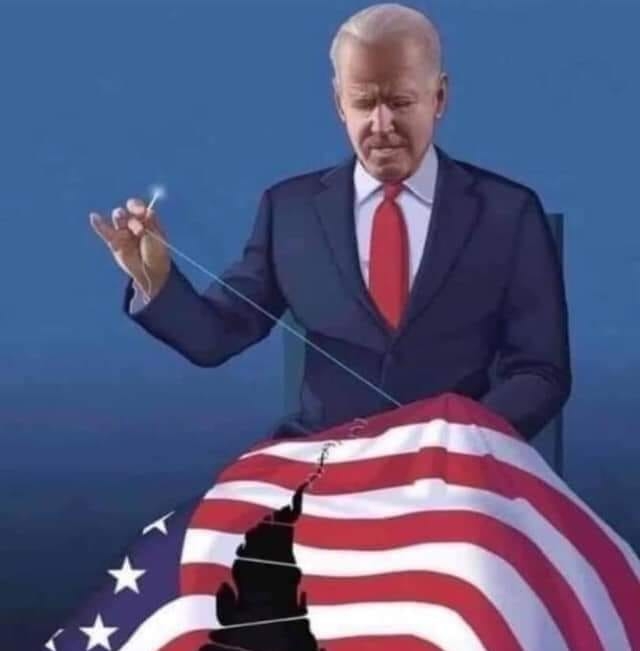Sad story: I’ve had to turn down projects that I would have been sensational doing because the buyer paid a web designer to create the site before I was consulted.
The two parties (client and web designer) had decided on a vision and then wanted me to write copy to fit into their preordained content spots, saying they wanted 30 words here, 215 words there, and eight or fewer words elsewhere.
Copywriters don’t work that way. (Or, to be more accurate, I don’t work that way. If you find professionals who do, ask to see examples and find out how well their copy converts before you commit to working with them.)
Copywriters express compelling mind images to create desire for a product, service or cause. We don’t write into word boxes.
We’re aware of search engine algorithms and know how many words need to be in a given piece to make sure the site is found and rated at Google, Bing, and elsewhere. But beyond this, our laser-like focus is on writing great copy.
Our job is to make sure we’re moving readers/visitors toward a well-defined, favored outcome. And doing this successfully requires varying amounts of copy, depending on whether there is “sticker shock” (the price tag) to overcome or other factors that require more copy rather than less.
And here’s the deal. I don’t even know how a website designer can be expected to create a website without a knowledge of the kind of content the site will contain. Photographers and painters need a different kind of website than do most other businesses, because their products are showcased mostly in images; the copy required for them is usually minimal. The images should sell themselves; very few words should be needed. But this kind of minimalism won’t work for other businesses or entrepreneurs. Most will require more copy.
It’s a foolish idea to expect a web designer to be psychic.
Oh, plenty of web designers do their best on the first go-’round simply because they aren’t given enough content to wrap their sites around. But then they often have to charge additional fees when the content is delivered because the elements on the site they created have to be tweaked and shuffled around to make the site work for the copy that is charged with keeping the visitor actively engaged.
Lisa Twining Taylor says, “What I like to get from clients is the complete content I’ll be placing on the site. That’s number one. And it’s imperative that it’s quality content. Reputations are on the line, both for my client and for me. People who visit your site view it as a single, integrated package. They don’t know who wrote the copy; they often assume it’s me.”
After saying this, Lisa added parenthetically, “Besides, designing a site to blank pages or blank categories is impossible. I simply won’t do it. I need to be able to see and understand the vision before I can create a site that will do what it needs to do for my client to be successful.”
It’s the copy on your website that is the “glue” that makes people stay and play (and LIKE and SHARE) what you’re offering. The frame your copy is in matters (a lot–it needs to be easy to navigate, well-designed and visually compelling) but it’s the content that will seal your fate. Don’t leave it to an amateur.
“If it ain’t on the page, it ain’t on the stage.”




